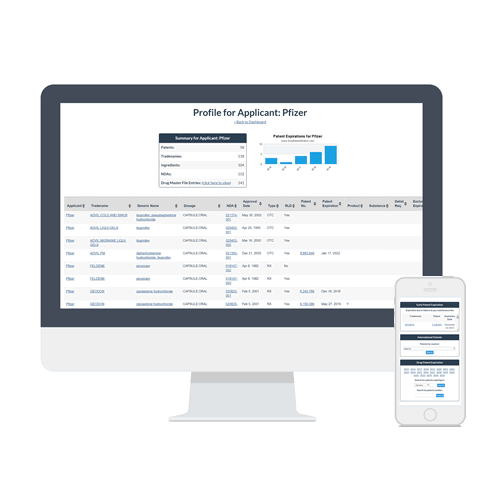 A few years ago, there was much talk of the “patent cliff” facing blockbuster drugs like Lipitor and other huge name-brand drugs.
A few years ago, there was much talk of the “patent cliff” facing blockbuster drugs like Lipitor and other huge name-brand drugs.
The “patent cliff” may have spelled the end of big profits on blockbuster drugs, but it represented opportunity for generic drug makers.
And while that patent cliff was great for generic drug makers, who could plan on bringing their generic drugs to market and appeal to consumers’ desire to pay less, many of the benefits of the patent cliff are over (or soon to be over) for generic drug manufacturers. Not as many blockbuster drugs are going off-patent, so generic manufacturers need new ways to bridge the revenue gap caused by the end of the patent cliff. Development of generic drugs through the 505(b)(2) regulatory pathway may help.
How Generics Usually Get to Market
Traditionally, manufacturers that want to introduce low-cost generic drugs submit what is called an Abbreviated New Drug Application (ANDA), which is spelled out under section 505(j) of the Food, Drug, and Cosmetic Act. This is a shorter, far less expensive application than the New Drug Application (NDA) completed by developers of brand new drugs under section 505(b)(1) of the Food, Drug, and Cosmetic Act. While the NDA is extensive, filled with pre-clinical and clinical studies, often costing hundreds of millions of dollars, the ANDA must only demonstrate “sameness,” which to the FDA means that it must be identical with respect to the active ingredient, dosage strength, dosage form, and route of administration.
The 505(b)(2) Process for Generics
 The 505(b)(2) process for bringing a generic drug to market is different, and it is a pathway that has historically been overlooked by generic manufacturers. The 505(b)(2) application is shorter than the NDA, and piggy-backs onto an existing approved, name brand drug. However, the 505(b)(2) process does not have the “sameness” requirement of the ANDA pathway, and it allows for modifications to things like dosage form, route of administration, and strength. The 505(b)(2) pathway is more expensive than the ANDA, but it can confer market exclusivity ranging from three to seven years, which may make the extra expense worthwhile.
The 505(b)(2) process for bringing a generic drug to market is different, and it is a pathway that has historically been overlooked by generic manufacturers. The 505(b)(2) application is shorter than the NDA, and piggy-backs onto an existing approved, name brand drug. However, the 505(b)(2) process does not have the “sameness” requirement of the ANDA pathway, and it allows for modifications to things like dosage form, route of administration, and strength. The 505(b)(2) pathway is more expensive than the ANDA, but it can confer market exclusivity ranging from three to seven years, which may make the extra expense worthwhile.
The additional costs of the 505(b)(2) pathway compared to ANDA may be more than offset by returns from a period of market exclusivity.
Which Process Should a Generic Manufacturer Use?
The 505(b)(2) approval process doesn’t make sense for every generic drug. Manufacturers considering using 505(b)(2) should examine several key factors before making their decision:
- Is the formulation or chemistry pragmatic, scalable, and affordable?
- Does the product have a clear niche or solve a problem in a unique way?
- Can development be expedited based on existing clinical trials or existing data?
- Is the market for the product commercially viable?
Typically, if the cost of the partial analysis necessary to prove safety and efficacy of the generic under 505(b)(2) will be more than offset by a period of market exclusivity (which is not possible under the ANDA pathway), then 505(b)(2) should be considered as a pathway for generic drug approval.
Having the 505(b)(2) Alternative Should Help Drug Manufacturers, Consumers
Use of the 505(b)(2) approval pathway for bringing generics to market can help companies save money, get products to market quickly, and achieve faster timelines for their products. It also offers types of flexibility (such as in terms of dosage form or route of administration) that the traditional ANDA pathway for generic approval does not, plus longer periods of market exclusivity in most cases.
The shorter path to market should allow generic manufacturers to keep their pipelines strong, ultimately bringing more competing products to market, and theoretically helping keep consumer drug prices under control.

